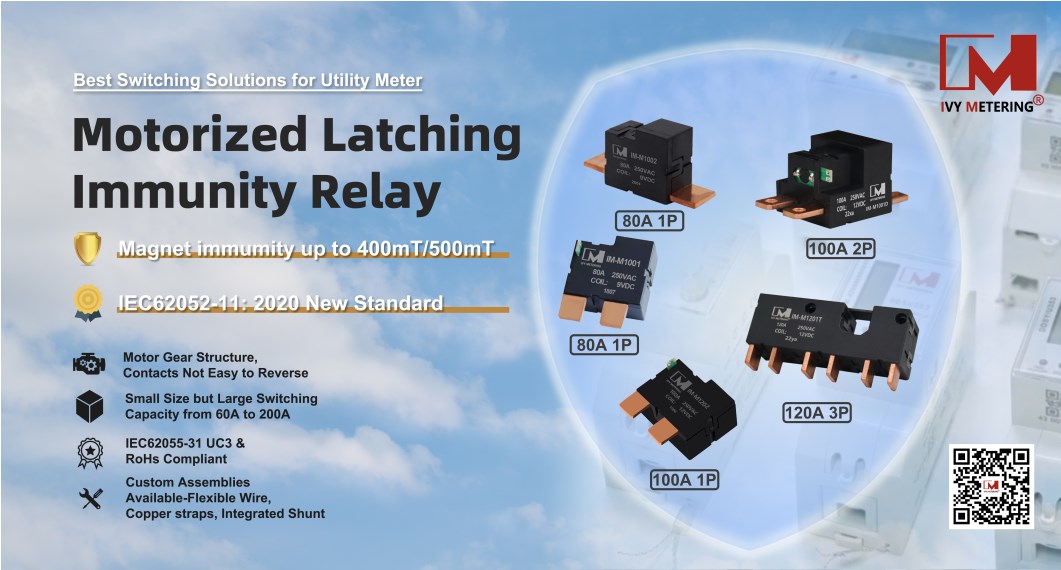Why does the new IEC standard require smart meters to have built-in anti-magnetic field relays?
As part of the smart grid plan, the biggest innovation of smart meters is the use of computers and software to control electricity. Smart meters not only have a small appearance and high stability, but also have high accuracy, low power consumption, and low cost. In addition to these, smart meters can now also achieve energy conservation and environmental protection. The computer can control the output of the user's power grid and manage electricity consumption, such as diverting electricity during peak hours. In the future, smart grid will truly enter the era of remote control, and the functions and efficiency of smart meters will become even more powerful.
Disadvantages of smart meters: The user's electricity consumption records are sampled and analyzed through manganese-copper shunts. If the internal electronic components are broken down, the measurement will be inaccurate. The user's power on and off is remotely controlled by the magnetic latching relay installed in the meter. That is to say, the user's payment is disconnected through the remote signal. If the user is interfered by a strong external magnetic field (such as a neodymium iron boron permanent magnet, Magnets, etc.) will not turn off the relay, which means that the electricity cannot be cut off when the bill is in arrears. This situation has occurred in African countries that use smart meters. It is found that users no longer pay electricity bills after they are activated once, and the terminal displays The electricity has been cut off due to arrears, but users are still using electricity.

Jamming an electricity meter is as simple as placing a strong magnet near the power transformer. External magnetic fields can damage the power converter and hinder the meter's ability to accurately monitor electricity usage. A magnet can easily disable an electric meter because it cannot be detected by commonly implemented anti-jamming schemes. There are no accurate figures yet. Jamming an electric meter is as simple as placing a strong magnet near the power transformer.
The magnetic field interferes with the electric meter. The consequence is that the relay cannot be switched on and off normally, and the power will be directly stolen by non-generating molecules. In this case, if the magnetic latching relay is not added with a corresponding shell, it may not work smoothly. The inner structure The complex old-fashioned mechanical holding relay is also helpless. The motor latching relay has a motor-driven gear transmission structure inside, which has better bite ability, making the contact between electric shocks closer, and basically does not receive changes in the contact state caused by external collisions. It also has a built-in 500mT anti-constant magnetic field capability, which is suitable for this kind of situation.
The new IEC 62052-11:2020 standard sets out requirements for the anti-magnetic field strength of AC energy meters. IVY Metering motor latching relays align with the requirements of the electric power industry's smart grid initiative. IM-M1202/IM-M1201T bi-stable latching relays are designed to provide the highest electrical performance in a compact package. The compact relays utilize innovative technology for accurate switching with low contact resistance. The disconnect relays provide magnet tamper resistance to prevent switching by an external magnetic field as well as safe electrical operation. If you want to visit 100A 1P IM-M1202/ 120A 3P IM-M1201T motor relays, click these links: https://www.ivy-metering.com/single-phase-latching-relays/263.html and https://www.ivy-metering.com/motor-latching-relay/325.html












